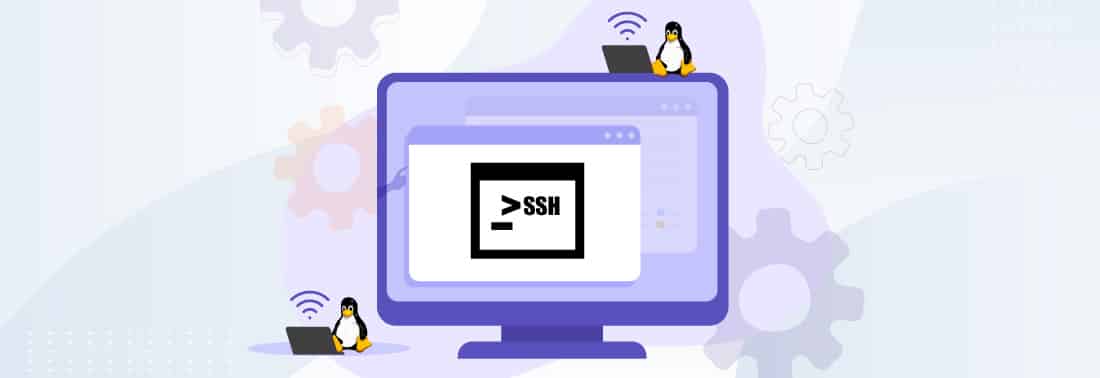Equipping IT Admins with Remote SSH Terminal
Jul 19, 2022 | 42Gears Team
The command prompt function is a robust feature that allows users to type in commands to perform a number of tasks easily. Most of those commands are used to automate tasks via scripts and batch files, perform advanced administrative functions, and troubleshoot or solve certain kinds of operating system issues. However, SureMDM did not support the remote SSH terminal earlier. This made it difficult for IT admins to access the command prompt on the device side.
In order to address this issue, we have now added a feature that allows IT admins to remotely access the SSH terminal on the SureMDM console for Linux devices. By integrating such a feature, we are looking to simplify the lives of IT admins.
To access the terminal on SureMDM, IT admins have to enroll a Linux device into the SureMDM console. Then, they need to select the ‘online’ Linux devices from the device grid. Once the Linux devices are selected, admins can find a new dynamic job named “Terminal” in the Quick Action Toolbar. Users can also access the command prompt option through “Remote Job”. Upon clicking the "Terminal”, IT admins can open a terminal SSH in a new browser window. Once the task is accomplished, they can click on “Close Session” to terminate the process. If the devices are offline, an error message “Unable to connect to the device as it is offline" will be displayed.
An important aspect to note here is that the admins need to enter the username and password in the terminal window to access the remote SSH terminal. If the authentication is successful, then the admins will be able to access the remote SSH terminal. If the authentication fails, an error message “Your authentication has failed. Please try again.” will appear.
After authentication, admins will be able to send all the supported commands and run scripts from the terminal, and the output of the command will also be printed on the terminal. With this, IT admins can perform several tasks.
A Business Use Case: If you find it difficult to quickly open multiple files on every startup, then you can automate the process. Just identify some folders, files, and programs that you want to start simultaneously and create a batch file. You can also create a shortcut to this file and add a key combination to this shortcut to launch it quickly using the shortcut keys.
For instance, you can create a batch file to open a few specific folders, the Google Chrome browser, a Word file, and an Excel file using the code below.
Do note that “%USERPROFILE%” refers to your user profile’s directory in Windows.

Such tasks can be automated by easily accessing the command prompt from the SureMDM console.
Currently, this feature has been developed to support only Linux devices.
Stay up-to-date on the latest news and features of SureMDM.
Subscribe for our free newsletter


